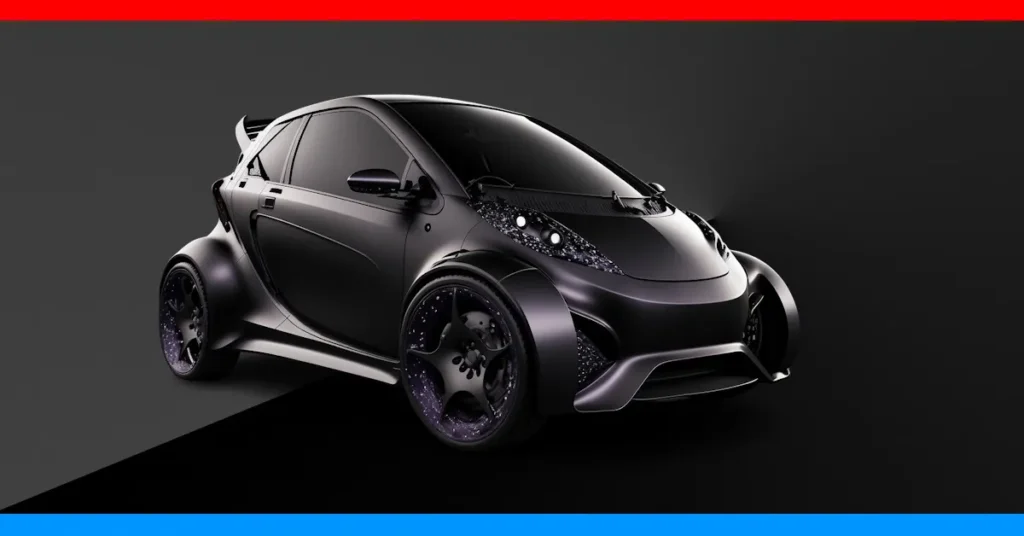In 2024, the Indian automotive landscape witnessed a surge in electric vehicle (EV) interest amid growing environmental concerns and governmental incentives. Within this context, we explore the hypothetical resurgence of the Tata Nano, envisioning it as an electric vehicle poised to redefine urban transportation.

Acknowledging Past Failures and Learning
The original Tata Nano faltered due to safety apprehensions, market perceptions of cheapness, and competition from the used car market. Tata Motors, however, has since honed its technological prowess and market strategies, evident through successful models like the Nexon, Harrier, and Safari.
Conceptualising the 2024 Tata Nano ICE and EV
The speculated 2024 Tata Nano would amalgamate the original’s compact design with contemporary safety features and technological advancements. Envisaged with a 5-star safety rating, a robust 70 BHP engine, and touchscreen interfaces featuring Advanced Driver Assistance Systems (ADAS), this iteration could potentially revolutionise urban commuting.
Analysing Building Costs and Market Dynamics
Crafting an electric Nano in 2024 entails substantial investments in technology and manufacturing. Estimated between Rs 6-7 lakhs for standard models and Rs 10 lakhs for EV variants, the production cost hinges significantly on battery technology advancements and Tata Motors’ electrification commitments.
Forecasting Nano EV Specifications

A future Nano EV might feature a compact yet potent electric motor, delivering around 50-60 BHP with a torque of approximately 150 Nm, ideal for city driving. Anticipating a range of 200-220 km per charge, coupled with fast charging capabilities, the Nano EV could cater to daily urban commutes efficiently.
Highlighting Safety, Connectivity, and Design
Prioritising safety, the Nano EV aims for a 5-star safety rating, incorporating multiple airbags, ABS with EBD, and advanced collision detection systems. Infotainment-wise, it could boast a modern touchscreen interface, GPS navigation, and advanced connectivity features. Additionally, its design must transcend the original’s ‘cheap car’ notion, focusing on premium aesthetics akin to Tata’s Megapixel concept.
Assessing Market Viability and Buyer Perceptions
Pricing the Nano EV at around Rs 10 lakhs positions it competitively in the market, appealing to urban consumers seeking eco-friendly, technologically advanced vehicles. Success hinges on shifting consumer perceptions and continued governmental support for EV adoption, alongside enhancing charging infrastructure.India’s burgeoning EV infrastructure, supported by governmental policies and charging networks, signifies an opportune moment for Tata’s foray into electric urban mobility.

The notion of a Tata Nano reborn as an electric vehicle underscores Tata’s adaptability to global sustainability trends and consumer preferences. While the decision ultimately lies with Indian consumers, the potential resurrection of the Nano as an EV epitomises affordability, environmental consciousness, and technological innovation in urban transportation.
